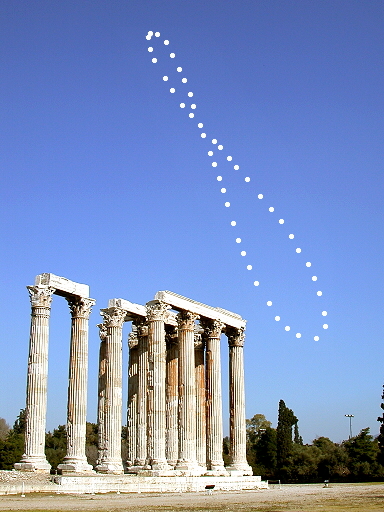University of Strathclyde | PhysOrg | Space Exploration | 26 July 2010
Light levitated geostationary cylindrical orbits are feasible - S Baig, CR McInnesWhen American space pioneer, Dr Robert L Forward, proposed in 1984 a way of greatly improving satellite telecommunications using a new family of orbits, some claimed it was impossible.
But now engineers at the University of Strathclyde's Advanced Space Concepts Laboratory have proved that Forward was right.
The late Dr Forward - a renowned physicist who worked in the United States and from his second home in Scotland - believed it was possible to use 'displaced orbits' to deploy more satellites to the north or south of the Earth's equator, helping to meet the growing demand for communications.
He proposed that the orbit of a geostationary satellite could be pushed above - or below - the usual geostationary ring around the Earth, which follows the line of the equator, by using a large solar sail propelled by the pressure of sunlight. However, critics later claimed that such 'displaced orbits' were impossible due to the unusual dynamics of the problem.
Now graduate student Shahid Baig and Professor Colin McInnes, Director of the Advanced Space Concepts Laboratory, have shown that Forward was in fact correct, in a new paper published in the Journal of Guidance, Control and Dynamics.
- Journal of Guidance, Control and Dynamics 33(3) (May-June 2010) doi: 10.2514/1.46681 (preprint)
- Journal of the Astronautical Sciences 40(3) (Sept 1992)
- Journal of the Astronautical Sciences 38(3) (Sept 1990)
- Journal of the Astronautical Sciences 32(2) (June 1984)
- Journal of the Astronautical Sciences 29(1) (Mar 1981)

